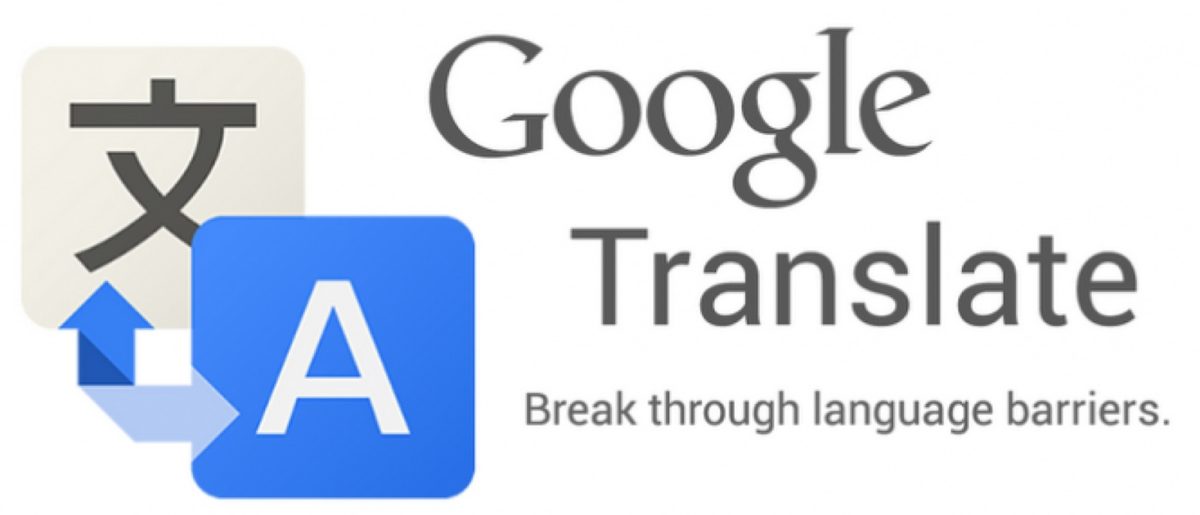From its launch Google Translate did not cope with accurate sentence translations. It has been an object of ridicule, as the transcriptions were usually unhelpful and produced humorous results. However, Google recently announced a game-changing project called Google Neural Machine Translation (GNMT), which supposedly uses AI algorithms in its translations.
Currently, Google Translate uses Phrase-Based Machine Translation (PBMT), which breaks sentences into words and phrases to be translated independently. The new GNMT does not split sentences, but instead treats them as a unit for translation. The system can analyse a sentence and remember the beginning as it gets to the end, which mimics the way humans comprehend sentences. The company is boasting that the new service reduces translation errors by more than 55-85% on several major language pairs.
This technique was considered by researchers for years, however, there were many problems with adapting it to production systems, such as Google Translate. The main challenge was getting the system to work sufficiently fast and accurate on very large data sets. Google overcame this problem and the GNMT has been released on the company’s web apps for Chinese to English translations. The company also provided examples of translations in few languages, as well as, comparisons with the previous PBMT system and human translation.

More examples of translations can be seen here.
Google’s achievement certainly is a milestone step in machine translation. The sentences converted by GNMT are much more accurate and seem closer to human translated ones. However, the examples given by Google are rather trivial, the fragments of randomly picked news from business or political portals are understandable, but what if the sentences would aim at implying something more than pure facts?
In order to understand the limits of machine translation one has to comprehend the underlying approach humans take, while translating from one language to another. The translator does not convert the text word-for-word or sentence-by-sentence, but actually understands it, then through the use of intuition and language imagination he or she writes the content in another language. It can be said that the translator builds a bridge between two different cultures, over which words of natural, cross-cultural language flow. Therefore, humans can translate humour, poetry, or even complexities of diplomacy, which are not simply written in words, but implied in the text.
The new GNMT project can surely be helpful in matters, such as tourism, web surfing, or even simple business proceedings. However, when it comes to more serious translations it does not matter how accurate the system is, or how big a database can it use. Without understanding the content of the text, machines cannot translate on the same level as humans do.
References:
https://research.googleblog.com/2016/09/a-neural-network-for-machine.html
www.wired.com/2016/09/google-claims-ai-breakthrough-machine-translation
http://www.dobreprogramy.pl/Tlumacz-Google-z-neuronowym-silnikiem-by-chinszczyzne-bylo-latwiej-pojac,News,76543.html

